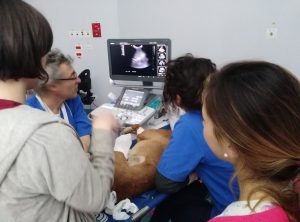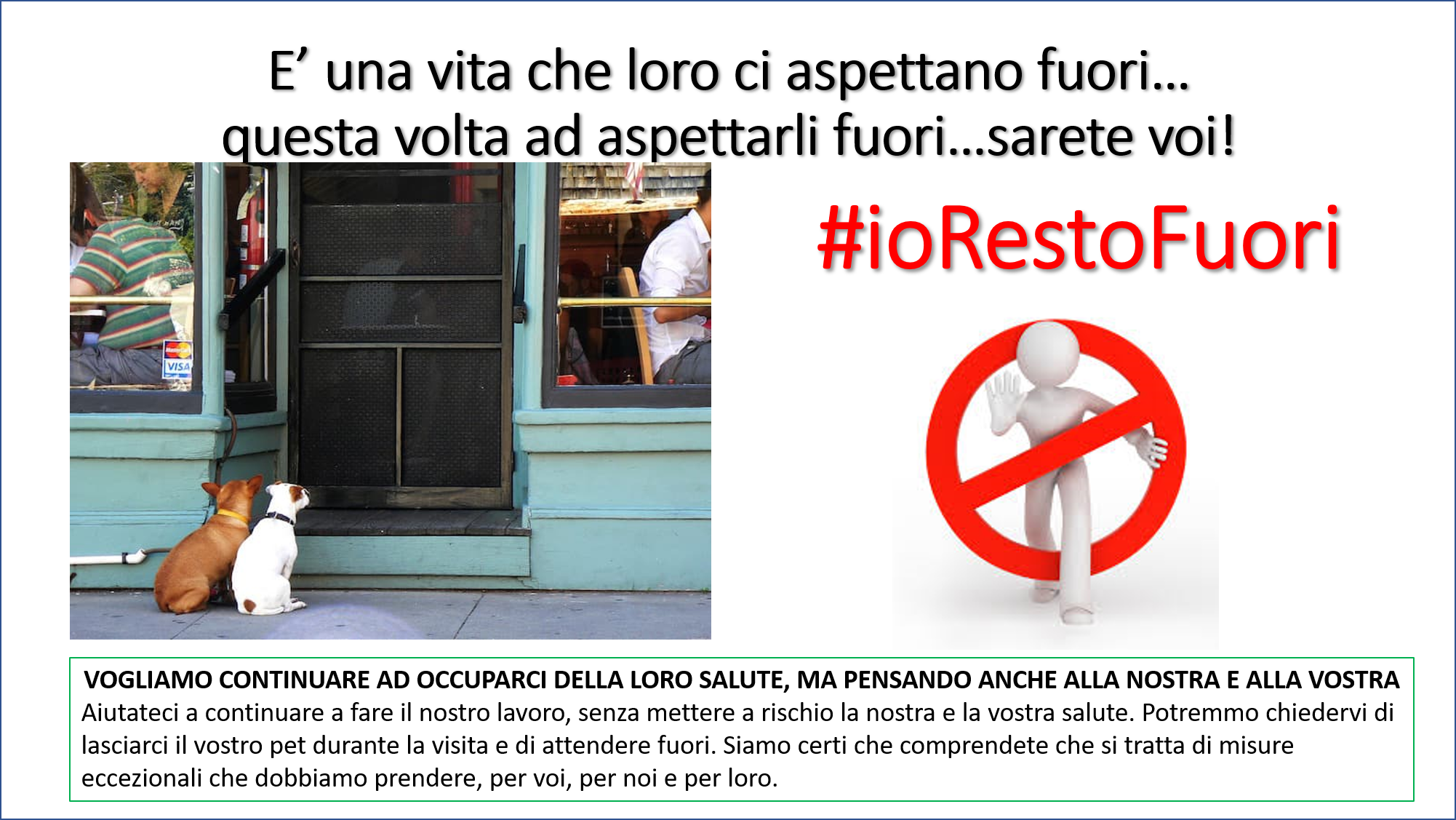Evaluation of automated assays for immunoglobulin G, M, and A measurements in dog and cat serum
Tvarijonaviciute A, Martínez-Subiela S, Caldin M, Tecles F, Ceron JJ
Evaluation of automated assays for immunoglobulin G, M, and A measurements in dog and cat serum
Vet Clin Pathol. 2013 Sep;42(3):270-80. doi: 10.1111/vcp.12069.
Abstract
BACKGROUND: Measurements of immunoglobulins (Igs) in companion animals can be useful to detect deficiencies of the humoral immune system, that can be associated with opportunistic or chronic infections, or other immune-mediated disorders including B-cell neoplasms.
OBJECTIVE: The purpose of this study was to evaluate commercially available automated immunoturbidimetric assays designed for human IgG, M, and A measurements in canine and feline serum using species-specific calibrators.
METHODS: Canine and feline serum samples with different IgG, M, and A concentrations were used for the analytical validation of the assays. Intra- and inter-assay precision, linearity under dilution, spiking recovery, and limit of detection were determined. In addition, effects of lipemia, hemolysis, and bilirubinemia were evaluated. Finally, Ig concentrations were determined in small groups of diseased dogs and cats, and compared with healthy groups.
RESULTS: Spiking recovery and linearity under dilution tests showed that the assays measured Igs in canine and feline serum samples precisely and accurately. Intra- and inter-assay imprecisions were lower than 15% in all cases. Significantly higher IgG, IgM, and IgA levels were observed in dogs with leishmaniasis, while dogs with pyometra showed a statistically significant increase in IgM and IgA concentrations in comparison with healthy dogs. Significantly higher IgG and IgM levels were observed in FIV-infected cats compared with healthy ones.
CONCLUSIONS: The automated human Ig assays showed adequate precision and accuracy with serum samples from dogs and cats. Also, they were able to discriminate different concentrations of Igs in healthy and diseased animals.
© 2013 American Society for Veterinary Clinical Pathology.






 Il Direttore Sanitario Dott. Marco Caldin
Il Direttore Sanitario Dott. Marco Caldin